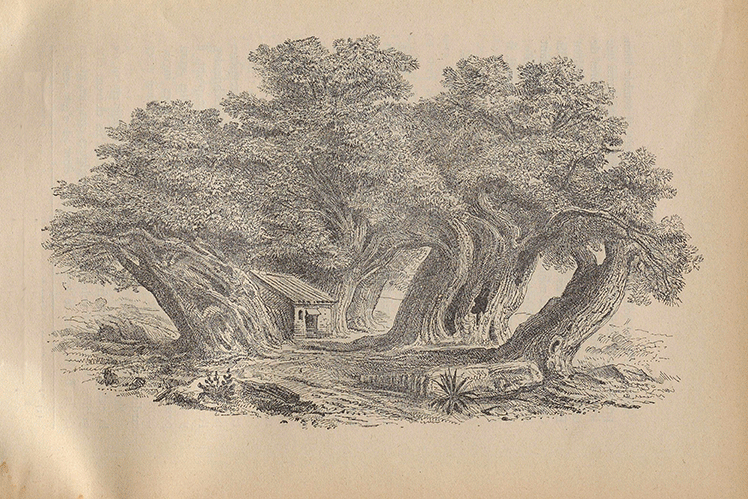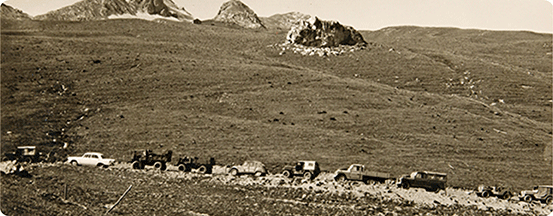The Hundred Horse Chestnut Tree
Agate shares its current favorite discovery. Today, let’s travel together to the slopes of Mount Etna in Italy to meet a remarkable natural giant: the Hundred Horse Chestnut Tree.
This extraordinary tree, considered the largest and oldest known chestnut in Europe, owes its name to a legend. It is said that Queen Joanna of Aragon and a hundred knights once found shelter beneath its vast branches during a fierce storm. These immense limbs, astonishing in their reach, all grow from a single trunk connected to a root that may be one or even two thousand years old.

Chestnut trees of Mount Etna, grafted (polyparabiosis) in ancient times. Illustration from the work "Studies on Grafting" (Études sur la greffe, in French) 1927–1934), a five-volume collection of research by Lucien Daniel, professor of applied botany at the University of Rennes. This body of work focuses primarily on grafting and its applications, and is likely the most comprehensive publication on the subject from the early twentieth century.



